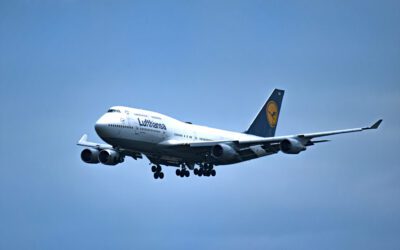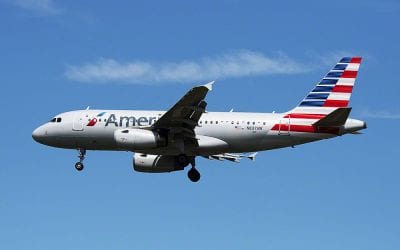This month, Canada’s Halifax Stanfield International Airport became the first airport in North America to offer a complete self-serve check-in system for all air travelers.
With the new system, all passengers can check in, select seats, print their boarding passes and luggage tags, and check in their luggage without airline assistance or intervention via an automated, self-service bag drop.
Airport vice president Michael Healy said of the $45 million project, “It’s the wave of the future.”
World-wide, airlines have moved to semi-automated check-in systems via kiosks which can print boarding passes, let passengers choose their seats and print luggage tags.
At this time the kiosks, specific to each individual airline, generally require airline personnel to check in passengers’ luggage. Airline employees must examine checked bags for size and weight, collect any over-size/over-weight fees and attach airline luggage tags.
The complete self-serve check-in system at Halifax Stanfield takes the next step. For most passengers it eliminates the need for airline personnel to handle checked luggage, substantially streamlining the check-in process at the airport and reducing passenger wait times. KLM has used this system at Amsterdam’s Schiphol Airport since 2008.
Here’s how it works.
After passengers have checked into their flight via the airline’s online check-in or used an airport check-in kiosk, they proceed to the nearby baggage drop-off machine.
At baggage drop-off, they put their bag on the machine’s belt. Sensing the bag, the drop-off unit asks passengers to scan their printed boarding pass or smartphone boarding pass display. Once scanned, flight information is displayed and travelers are asked to confirm it, rescan if there is a mistake or get help from airline personnel. The machine weighs the bag and checks its size. Some units will be able to process oversized luggage, while others will direct passengers to take their bag to airline personnel for processing. Assuming no airline employee intervention is needed, the unit will print the airline luggage tag.
After passengers apply the luggage tag, the machine will ensure the bag is properly labeled, print a baggage claim check, send the bag into the airport’s baggage handling system, and ask passengers if they have another bag to check in. My experience with this system is that it’s fast and generally easy to use.
It’s only a matter of time before the major airports and airlines across the globe adopt fully automated check-in systems, which include automated, self-service, bag-drop processing. These systems have a potential to significantly reduce airline costs and simultaneously increase airline customer service.
There are times in the daily operations at airports when the airlines can’t have enough personnel to process passenger check-ins, including checked baggage. The kiosks employed by the airlines today, at most airports, have dramatically improved the speed by which passengers can be checked in, but most still have a major luggage check-in bottleneck, where each piece of luggage has to be weighed by an employee, one by one, then hand tagged.
By utilizing self-service, automated bag drop processing, that bottleneck can be substantially eliminated. The units are available 24/7, don’t have sick days, vacation days, nor meal and coffee breaks.
The airlines can dramatically reduce check-in personnel, but not eliminate them. I can attest that, at times, some passengers can’t get the drop-off units to work for them and other passengers have special problems which require airline personnel. Many international flights require airline personnel to check passenger identity and ensure their ID’s are sufficient and meet governmental requirements.
Some systems have had problems to date, including systems which couldn’t be used by disabled passengers. As the machines get more complex, their potential for breakdowns increases. The airlines and airports must have personnel on site to handle these problems if they intend to rely on them.
There remain unresolved issues with the automatic check-in systems. Refinements are still needed for basic check-in programming and smartphone boarding pass scanning. At the airport, too many passengers who are unable to use the kiosks need airline personnel intervention to get checked in. At airports with automated self-service bag drops, continued staffing issues exist where airlines have eliminated too many personnel positions.
Ian Rasmussen, Director of BagDrop Systems, stated,
“I believe it will be possible to have non-supervised units with a nearby support desk, but there will always be the need for some kind of support for a small percentage of passengers, and that should not be forgotten in a service industry.”
Once the aviation industry embraces that concept better, fully automated check-in systems will make travelers’ lives easier.
[poll id=”41″]



